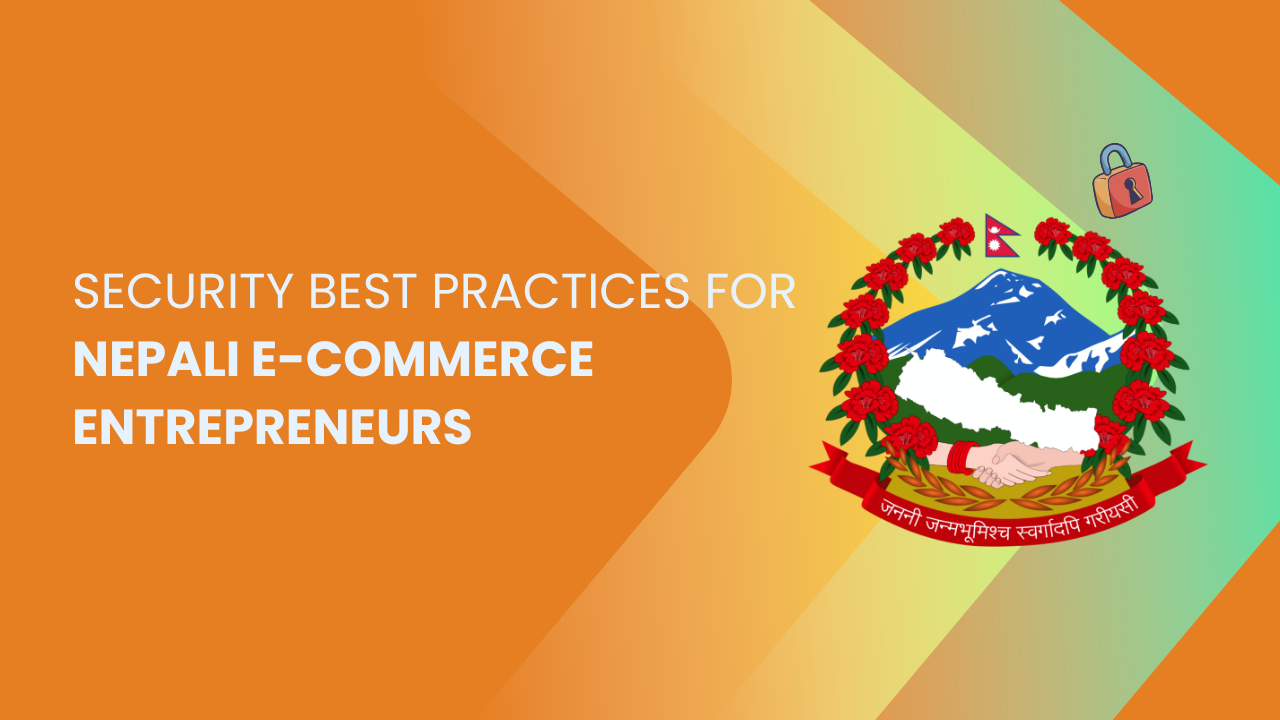Share this Article
In Nepal’s rapidly evolving e-commerce landscape, customer retention is as crucial as acquiring new shoppers. With an increasing number of businesses competing for customer attention, implementing a well-thought-out loyalty program can help businesses enhance engagement, encourage repeat purchases, and foster long-term brand loyalty. Below, we explore how to create a loyalty program that effectively caters to Nepali consumers while ensuring sustainable business growth.
1. Identify Customer Preferences and Shopping Behavior
A successful loyalty program begins with a deep understanding of customer needs, preferences, and shopping habits. Conduct surveys, analyze past purchase data, and gather feedback to determine what incentivizes customers. Are they looking for discounts, cashback offers, exclusive deals, or early access to new products? Identifying these factors allows businesses to design a program that aligns with consumer expectations and increases participation.
2. Select the Right Loyalty Program Structure
Choosing the right structure is key to the success of your loyalty initiative. Some of the most effective models include:
- Point-Based System – Customers earn points for every purchase, which can later be redeemed for rewards or discounts.
- Tiered System – Users unlock better benefits as they progress to higher tiers based on spending levels.
- Cashback Offers – A portion of the money spent by customers is returned as a cashback credit for future purchases.
- Referral-Based Rewards – Customers receive incentives for bringing in new shoppers through word-of-mouth marketing.
- Subscription-Based Memberships – Premium members get exclusive benefits such as free shipping, special discounts, and priority support.
3. Provide Attractive and Valuable Rewards
For a loyalty program to succeed, customers should find the rewards valuable. Consider the following reward options that resonate with Nepali consumers:
- Instant discounts or redeemable vouchers for future purchases
- Free shipping on orders above a certain amount
- Exclusive access to limited-time offers and newly launched products
- Special deals during major Nepali festivals like Dashain, Tihar, and Holi
- Extra reward points for bulk purchases or frequent orders
4. Ensure Easy Enrollment and Participation
Complicated loyalty programs deter customers from signing up. Make the registration process simple by allowing users to join through their email, phone number, or social media accounts. The earning and redemption process should be straightforward, ensuring that customers clearly understand how they can accumulate points and claim rewards without confusion.
5. Utilize Digital Channels for Better Engagement
Nepal’s digital ecosystem is expanding rapidly, with more people using mobile banking, e-commerce platforms, and social media. Leverage these digital tools to communicate loyalty program updates, personalized offers, and reward notifications via SMS, email, and mobile apps. Consider integrating a loyalty dashboard where customers can track their points, rewards, and progress in real-time.
6. Educate Customers on the Benefits of Loyalty Programs
Since many Nepali consumers may not be familiar with structured loyalty programs, businesses must invest in educating them. Use social media campaigns, blog posts, and in-store promotions to explain the benefits of joining, how to earn rewards, and ways to redeem them. Clear communication enhances program adoption and encourages more customers to participate.
7. Integrate with Digital Wallets and E-Commerce Platforms
To enhance the user experience, businesses should integrate their loyalty program with Nepal’s popular digital payment solutions like eSewa and Khalti. Allowing customers to earn and redeem points seamlessly across online and offline channels ensures convenience and fosters higher participation.
8. Continuously Track Performance and Optimize
Regularly analyzing the effectiveness of the loyalty program helps businesses make necessary adjustments. Monitor key metrics like customer retention rates, redemption frequencies, and engagement levels. If certain rewards fail to attract engagement, test alternative incentives and promotional strategies to optimize the program’s success.
9. Encourage Referrals and Social Proof
Word-of-mouth marketing plays a significant role in Nepal’s tightly knit communities. Encourage customers to share their rewards, experiences, and benefits on social media. Offer referral bonuses where customers get additional perks for bringing in friends and family. This helps expand your customer base while rewarding existing buyers.
10. Localize Your Loyalty Program to Fit Nepali Culture
A successful loyalty initiative in Nepal should align with local cultural norms and shopping behaviors. Festival-specific rewards, partnerships with local brands, and bilingual communication (English and Nepali) can make the program more relatable and appealing to the local audience.
Conclusion
Developing an effective loyalty program in Nepal requires understanding customer preferences, offering meaningful incentives, and ensuring seamless integration with digital tools. By keeping the program simple, engaging, and tailored to Nepali consumers’ needs, businesses can strengthen customer relationships, increase retention, and drive sustainable growth.
Launch your loyalty program today and take your business to the next level!
Categories:
Beginner’s Guides
Tags:
CustomerLoyalty
,
LoyaltyStrategy
,
RetentionMarketing
,
MadeInNepal







